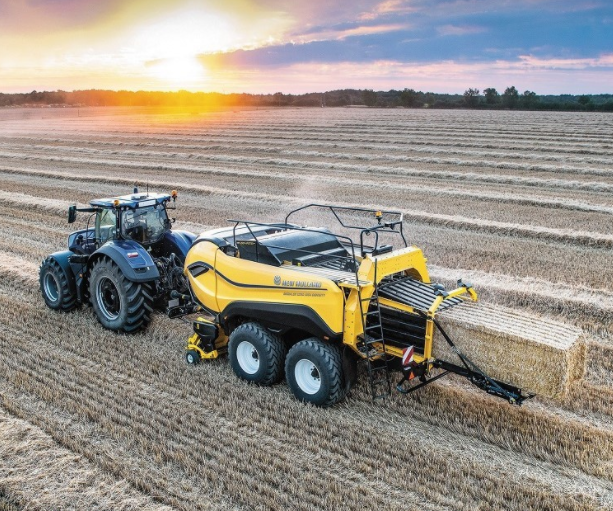Balers, one of the most important pieces of equipment on any farm, have been in existence in some form or other since the late 1800s. With the rapid mechanization of the agricultural industry through the early 1900s, horse driven balers were gradually replaced by steam traction engines and in turn were superseded by the internal combustion tractor. By the 1930s balers were attached to tractors allowing them to automatically pick up hay from the ground, and in 1940 New Holland pioneered the first self-typing pick-up baler, fully automating the process.

Fast forward 80 years, and the baler evolution has never stopped. New Holland Agriculture has continually pushed technology and innovation even further. Recognizing that bale quality is key to delivering maximum productivity and minimum waste, the New Holland team focused its resources on how to further enhance these two aspects, while focusing on making baling even more sustainable. A key component in the baling process is the knotter. The knotter secures the twine around the bale – if the knot is weak or breaks then the bale is compromised and time, twine and crop are all wasted.
The Loop Master knotting system was launched on New Holland’s BigBaler High Density range. This innovative knotting system uses a new type of secure double knot, which is stronger and generates myriad benefits. The loop knotting process eliminates twine off- cuts from being discarded in the field – thereby protecting the environment as well as improving animal fodder quality – as well as producing more robust bales, saving money.
 Copyright 2020 All rights reserved.
Copyright 2020 All rights reserved.